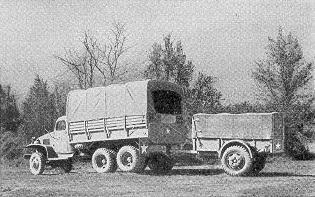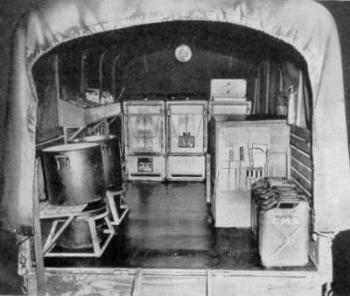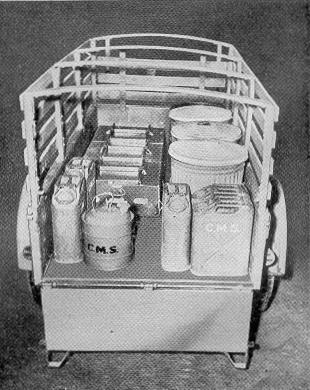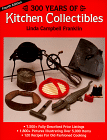
David Castle's Army Kitchen Truck
1944 Army Kitchen Truck
Excerpted from the 1944 edition of Mess Management and Training (TM 10-205)
[Modification of the truck] [Equipment arrangement]
Feeding troops in combat situations has always been tough. Since commanders recognize that good morale comes with serving hot chow to troops in the combat zone, aggressive commanders instructed their cooks to bring one or two hot meals forward each day, often under the cover of darkness. These commanders knew what happened to morale when their troops subsisted on C-rations for weeks on end.
William F. Ross and Charles F. Romanus wrote in The Quartermaster Corps: Operations in the War Against Germany: "In most situations, [the commander] could modify tactical dispositions enough to make feasible one expedient or another for feeding hot food to his troops. The initiative and effectiveness of mess personnel in the subordinate companies reflected the interest of the battalion commander. It was observed that in aggressive units, mess personnel were also aggressive and provided more cooked meals in the front lines."

Modification to the 2-1/2-ton cargo truck
Some adjustments must be made to place kitchen equipment in the truck. The two long seats in the body of the truck can be placed outside in the same relative position to serve as strong shelves for use in storing, preparing, or serving food. The bows carrying the canvas top must be lengthened to provide overhead clearance for the personnel at work in the truck.
Provision must be made for drainage from the ice box if it is carried in the truck. A box for storage of cooking tools is needed, and a food preparation shelf or table must be provided. A set of steps made of wood or of metal and wood provides easy access to the truck body. A bread box and one improvised ice box should also be provided.
Arrangement of kitchen equipment
The arrangement of kitchen equipment on the truck varies and depends on the working habits of the mess personnel. It is set up in a fashion determined by the convenience and efficiency of operation.

A for kitchen spoons and cutlery, the bread box, and a box for non-perishable supplies are usually combined in one cabinet running along the side of the truck, so built to provide a flat top for food preparation. Bin dimensions should not exceed 2-1/2 x 2-1/2 x 6 feet, and should be provided with supports to raise to above the floor.

The tool kit for the range units and for the truck are usually bolted to the outside of the truck. Additional equipment is stored in the trailer or in the truck wherever it is convenient.
David Castle's Restored Army Kitchen Truck
Bibliography
War Dept. Mess Management and Training. TM 10-405. Washington: GPO, October 3, 1944. 84pp. This information is taken from pages 54-5.
May 2000
| Bulletin Board | Keyword Search |
| Bookstore | Links |
| About Us | Recent Additions |

